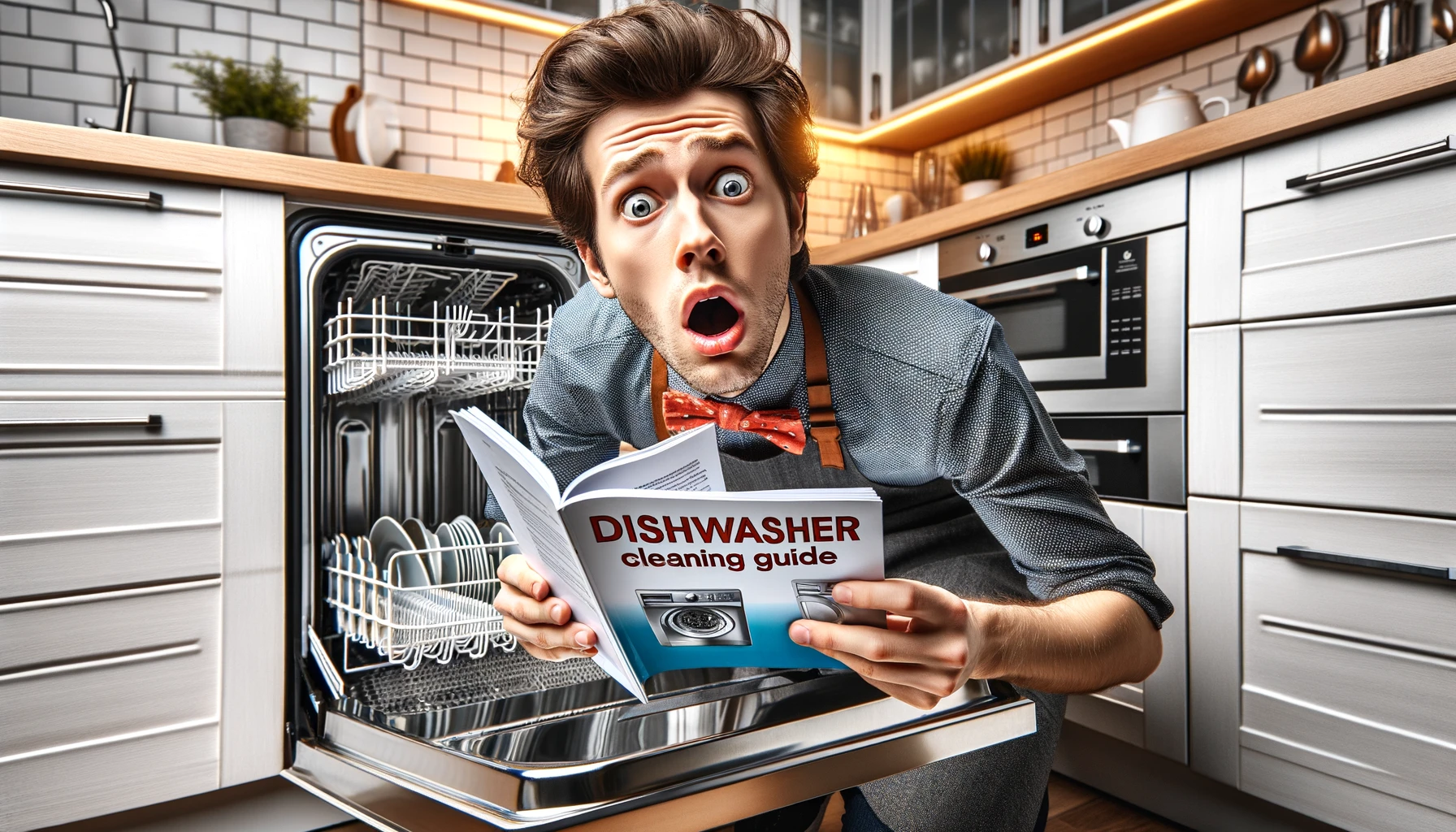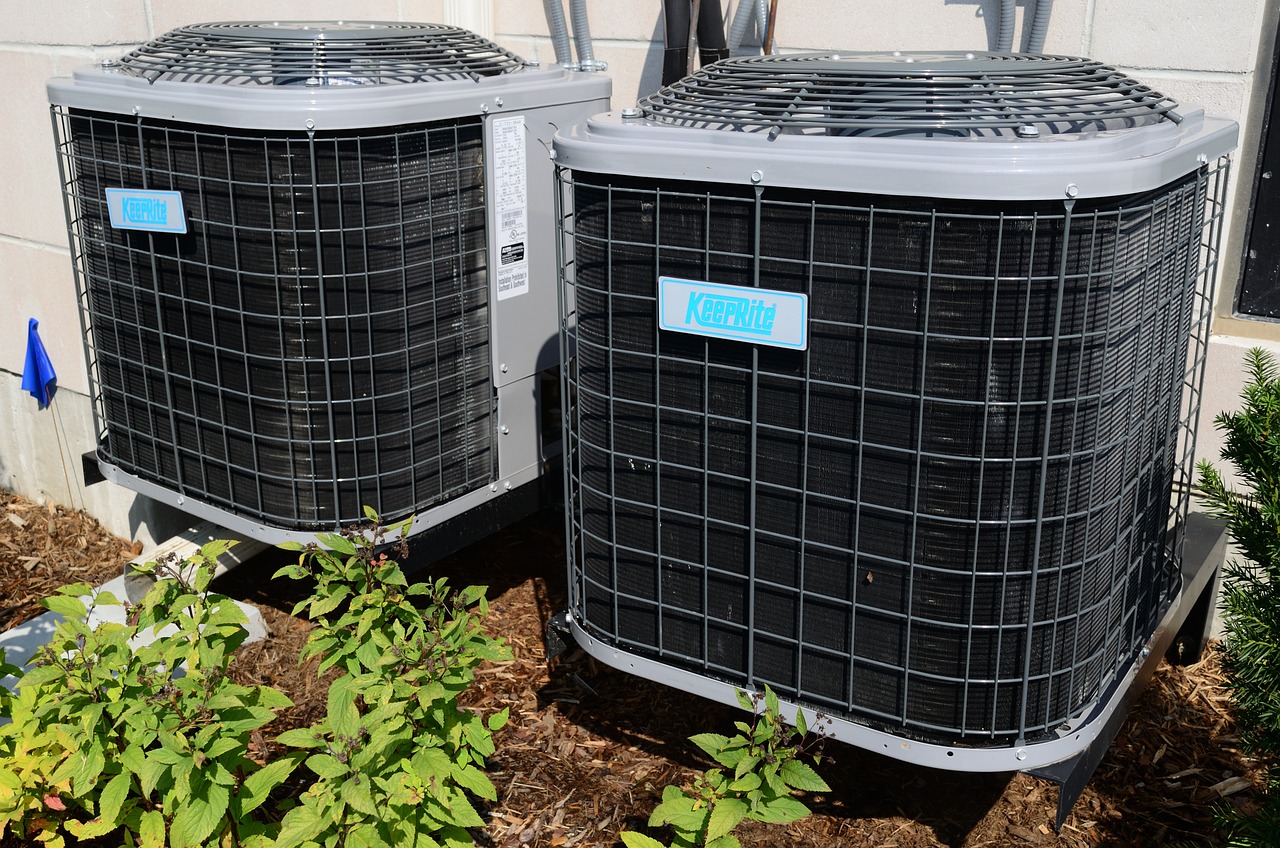The dishwasher: that magical box in your kitchen where dirty dishes go in and come out sparkling clean. It’s like a spa for your cutlery and crockery, right? Wrong. It turns out this so-called kitchen fairy needs a bit of pampering itself. Shocking, I know. Let’s embark on the thrilling adventure of cleaning your dishwasher because, let’s face it, who doesn’t love adding another chore to their list?
Step 1: Admit You Have a Problem
First, come to terms with the fact that your dishwasher is not self-cleaning. Yes, it’s a hard pill to swallow. This marvel of modern engineering, which can remove baked-on lasagna from your favorite dish, can’t magically cleanse itself. The first step to recovery is admitting there’s a problem. Your dishwasher, bless its hardworking soul, is probably filthy.
Step 2: Empty the Dishwasher (No, Really)
Start by emptying the dishwasher. And I mean really empty it. Check for any stray utensils that might be planning an escape under the racks. Remember, this is a stealth mission. You’re the detective, and the dishwasher is your suspect. Ensure no spoon is left behind!
Step 3: Investigate the Filter (Brace Yourself)
Now, it’s time to play ‘find the filter.’ This crucial part of your dishwasher, typically located at the bottom, is where food particles and other unmentionables go to die. Or, well, they should. If your filter looks like a science experiment gone wrong, it’s doing neither you nor your dishes any favors. Remove it (consult your dishwasher’s manual to avoid breaking something – we’re cleaning, not demolishing). Rinse it under hot water, and scrub it gently with a soft brush or sponge. You might discover remnants of meals you don’t even remember eating. Fun!
Step 4: The Vinegar Bath (No Ducks Allowed)
Next, grab a dishwasher-safe bowl and fill it with white vinegar. Place it on the top rack of your empty dishwasher. Now, run a hot-water cycle. This isn’t some new age spa treatment; vinegar is a natural cleaner that will help remove grease, grime, and musty odors. No rubber ducks allowed in this bath, though – this is serious cleaning business.
Step 5: Baking Soda Bonanza
Just when you thought we were done with kitchen supplies, enter baking soda – the unsung hero of DIY cleaning. Sprinkle a generous cup of baking soda across the bottom of the dishwasher. This is your chance to pretend you’re a chef seasoning a giant, stainless steel dish. Let it sit overnight, or for a few hours if you’re impatient. Then, run a short, hot water cycle. The baking soda is a great deodorizer and will help in tackling any stains, making your dishwasher look and smell as fresh as a daisy (or at least not like last week’s fish dinner).
Step 6: The Gasket Gambit
Now, it’s time to turn your attention to the door gasket. This rubber seal is a hotspot for grime and funkiness. It’s like the dishwasher’s neglected underbelly. Gently wipe it down with a damp cloth and a bit of vinegar or mild soap. Show it some love; it’s been holding back a tide of dirty dishwater for who knows how long.
Step 7: The Spinny Thing Inspection
That’s right, the technical term is “spinny thing.” Officially, it’s the spray arm. These little helicopter blades are responsible for spraying your dishes with water. Check for clogged holes where water should be coming out. If you find any blockages (like seeds, glass shards, or remnants of last week’s spaghetti), gently poke them out with a toothpick or similar tool. Remember, it’s a cleaning tool, not a medieval weapon, so be gentle.
Step 8: The Grand Finale – The Rinse Agent
Finally, don’t forget about the rinse aid. It’s like the cherry on top of your dishwasher-cleaning sundae. Rinse aid helps in drying dishes and preventing spots, making your glasses so clear you’ll doubt their existence. Check the rinse aid dispenser and fill it up if needed. Your future self, dazzled by the sheer brilliance of your spotless dishes, will thank you.
Congratulations! You’ve just given your dishwasher the spa day it never knew it needed. Now, not only are you an expert in operating this kitchen appliance, but you’ve also become its personal hygiene therapist. Wear this badge of honor with pride as you load your next round of dirty dishes, knowing full well you’ll get to do this all over again in a few months. Happy dishwashing!
Pro Tips to Keep Your Dishwasher in Top Shape:
- Rinse Right, But Don’t Overdo It: Contrary to popular belief, you don’t need to pre-wash dishes to the point of them being almost clean. Just scrape off large food bits. Over-rinsing can actually trick your dishwasher into thinking the dishes are cleaner than they are, leading to a less effective wash cycle.
- Load Smart, Not Hard: Learn the art of dishwasher Tetris. Place items strategically for optimal cleaning. Cups and bowls go on the top, facing downwards. Plates get their own slots on the bottom rack. And for the love of cleanliness, keep your spoons from spooning so they get properly cleaned.
- Utensil Placement Matters: Mix up your spoons, forks, and knives in the utensil basket to prevent them from nesting like cozy, dirty flatware families. And yes, sharp knives point down for safety – you’re not trying to recreate a scene from a horror movie when unloading.
- Regular Maintenance Runs: Every month, run an empty cycle with a dishwasher cleaner to keep the interior fresh and to prevent buildup. Think of it as a monthly check-up for your dishwasher’s health.
- Check and Clean the Spray Arms Regularly: Ensure the spray arm holes are not blocked by debris. A blocked spray arm is like trying to water a garden with a clogged hose – ineffective and downright frustrating.
- Don’t Ignore Hard Water Issues: If you live in an area with hard water, use a rinse aid or a water softener to prevent mineral buildup. It’s like giving your dishwasher its own armor against the calcified villains of hard water.
- The Mystery of Mysterious Smells: If you ever detect a bad odor, check for trapped food particles in the filter or stuck in the crevices. Sometimes, it’s the little bits that cause the biggest stink.
- Energy Efficiency is Key: Run your dishwasher at night or during off-peak hours to save on your energy bill. Plus, there’s something oddly satisfying about waking up to clean dishes.
- Inspect and Replace When Needed: Keep an eye on the racks for chipped plastic and the door seal for any wear and tear. Timely replacements can save you from bigger issues down the road.
- Listen to Your Dishwasher: If it starts making strange noises or isn’t cleaning as well as it used to, don’t just shrug it off. It might be time for a professional check-up. Remember, a happy dishwasher makes for a happy kitchen.
Frequently Asked Questions (FAQs) About Dishwasher Care and Maintenance
Ideally, give your dishwasher a thorough cleaning every 1-3 months. This helps maintain its efficiency and prevents odors.
You should only use bleach in your dishwasher if the interior is NOT made of stainless steel. Bleach can damage and discolor stainless steel interiors. However, if your dishwasher has a plastic interior, you can use a small amount of bleach to address mold or mildew issues. Always use bleach cautiously and sparingly, and ensure your dishwasher is empty when using bleach for cleaning.
Ensure the rinse aid dispenser is filled. Also, check if the dishwasher is set to a heat-dry setting. If these are in check, look at loading practices – overcrowding can hinder proper drying.
Surprisingly, using a dishwasher is often more water-efficient than hand washing, especially if you have a newer, energy-efficient model.
Cloudiness is usually due to hard water. Use a rinse aid or a water softener. If the problem persists, it could be etching, which is permanent.
Yes, but make sure they are dishwasher safe. Place them on the top rack to avoid melting or warping.
Plates and large items should go on the bottom rack. Bowls, cups, and glassware belong on the top. Utensils should be mixed in the basket to avoid nesting.
Regularly clean the filter and run a cycle with vinegar or a dishwasher cleaner. Check for trapped food particles and clear them out.
The average lifespan of a dishwasher is about 10 years, though this can vary based on brand, usage, and maintenance.
Yes, but make sure they are dishwasher safe. Some materials, like non-stick coatings or cast iron, can be damaged in the dishwasher.



